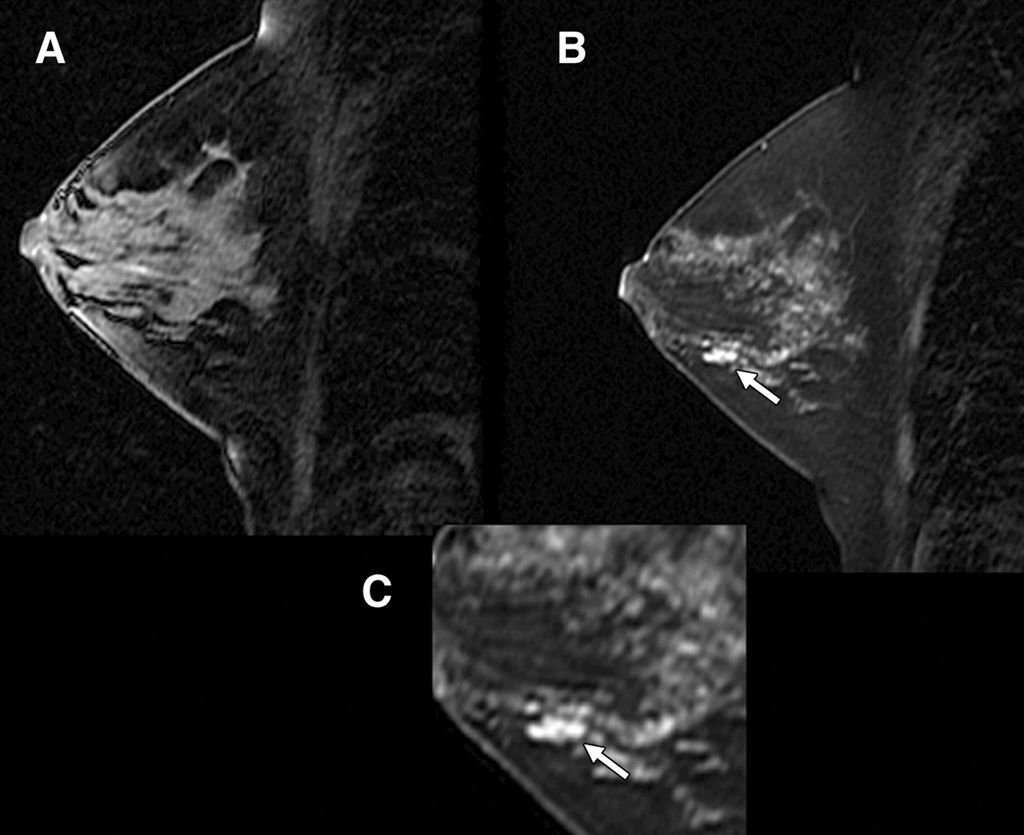Multimodality breast cancer screening shows possible boon for high-risk women
Breast cancer detection rates increase substantially when women at high risk and those with dense breasts undergo mammography and ultrasound annually, according to a study presented Wednesday at the 2009 RSNA meeting. MRI is an even more effective technique when used with mammography, but only for women who are at high risk for the condition.
Breast cancer detection rates increase substantially when women at high risk and those with dense breasts undergo mammography and ultrasound annually, according to a study presented Wednesday at the 2009 RSNA meeting. MRI is an even more effective technique when used with mammography, but only for women who are at high risk for the condition.
Mammography is the only test to date that is proven to reduce mortality due to breast cancer. Adding MRI to the equation could be a more effective technique for detection of malignancy, said lead researcher Dr. Wendie A. Berg, breast imaging specialist at American Radiology Services, Johns Hopkins–Green Spring Station in Lutherville, MD.
According to Berg, women at high risk could benefit most from the imaging combo. This includes women with the BRCA 1 or BRCA 2 gene, those with a close relative who has had breast cancer, and women who are at elevated risk for other reasons. Overall, these patients make up less than a fifth of the general female population. Due to MRI’s high cost, it might make more sense to apply this combined imaging protocol only to women in these subgroups, Berg said.
The study involved 2809 women from the U.S., Canada, and Argentina with heterogeneously dense breasts who had some elevated risk for breast cancer. The women underwent mammogram and ultrasound annually for three years. In the third year 612 of the subjects also underwent MR imaging.
Ultrasound increased the cancer detection rate by 29% when used in conjunction with mammography, which detected 56% of cancers when used alone. A downside of ultrasound is that it increases the number of false-positive findings. Using ultrasound with mammography led to a 5% increase in biopsies, but only 10% of these cases were cancerous.

MRI combined with mammography was the most sensitive detection method at 100%. MR increased the biopsy rate by nearly 10%, with a consequent jump in the number of false positive findings. However, it also increased detection of malignancies. One in four cases undergoing MR evaluation turned out with cancers, which Berg described as an acceptable rate.
“A needle biopsy under ultrasound guidance is a 15-minute procedure done under local anesthesia,” she said. “The vast majority of women I’ve ever talked to feel that this is not an issue. They’d much rather have this extra test and be more confident that they do not have a life-threatening cancer.”
New AI-Enabled Portable Ultrasound May Facilitate 50 Percent Reduction in Cardiac Imaging Scan Time
March 28th 2025Artificial intelligence (AI)-powered measurement capabilities provide key features with the Compact Ultrasound 5500CV device, which was unveiled at the American College of Cardiology (ACC) conference.
Can Photon-Counting CT be an Alternative to MRI for Assessing Liver Fat Fraction?
March 21st 2025Photon-counting CT fat fraction evaluation offered a maximum sensitivity of 81 percent for detecting steatosis and had a 91 percent ICC agreement with MRI proton density fat fraction assessment, according to new prospective research.